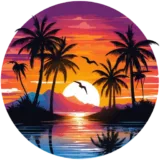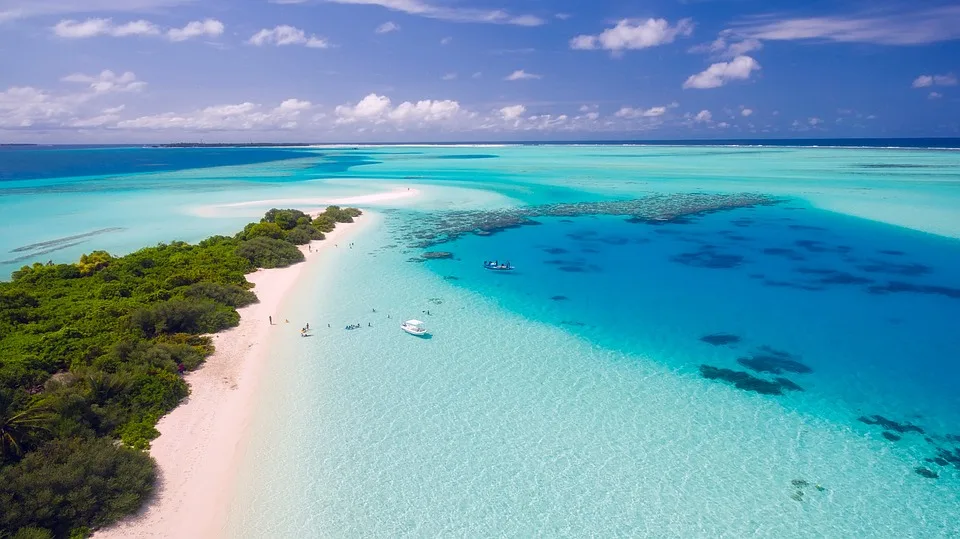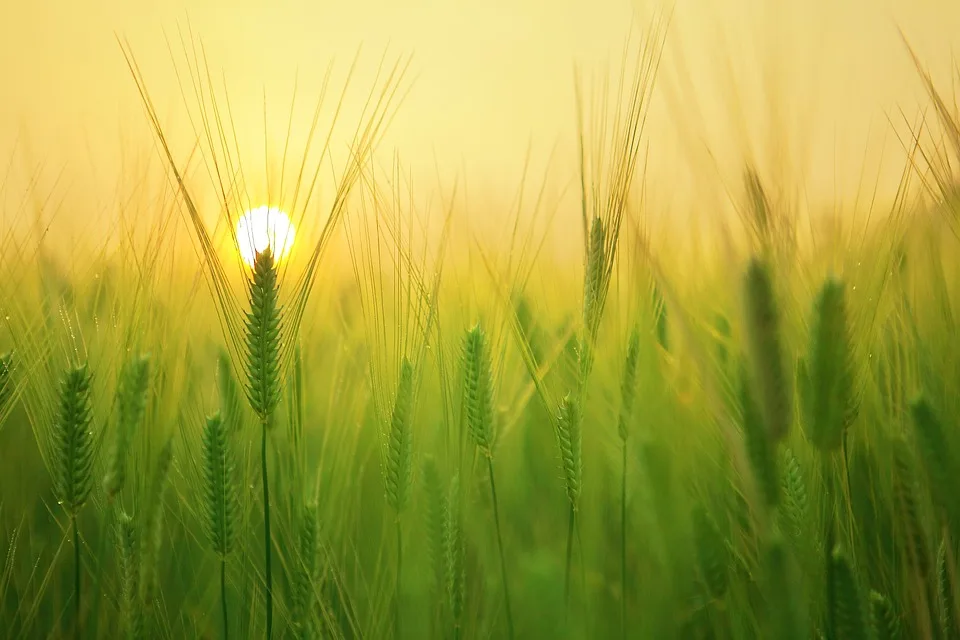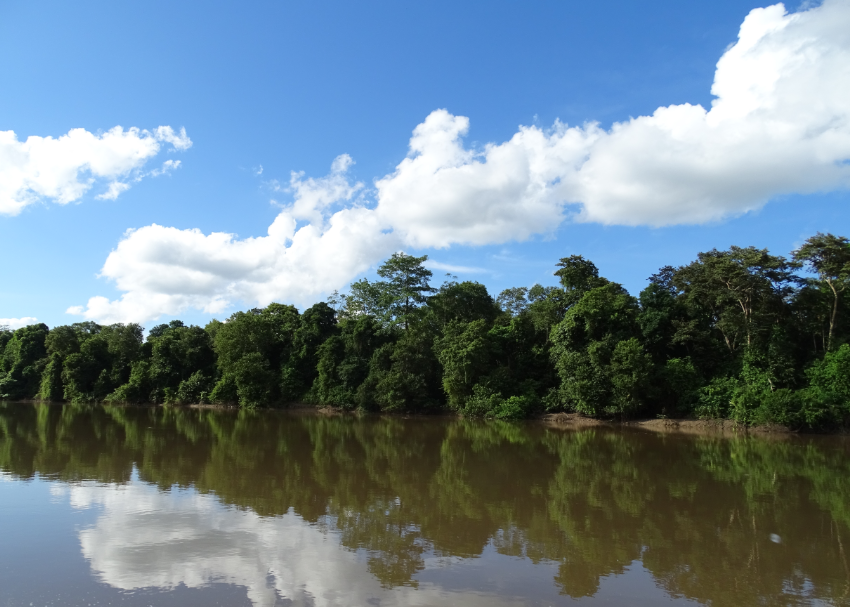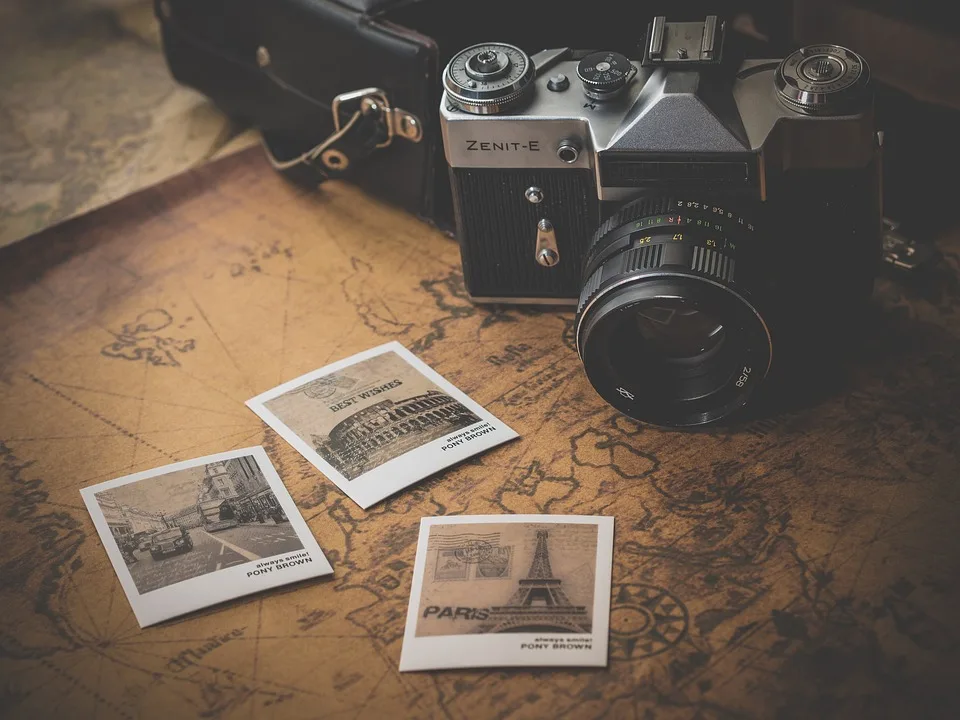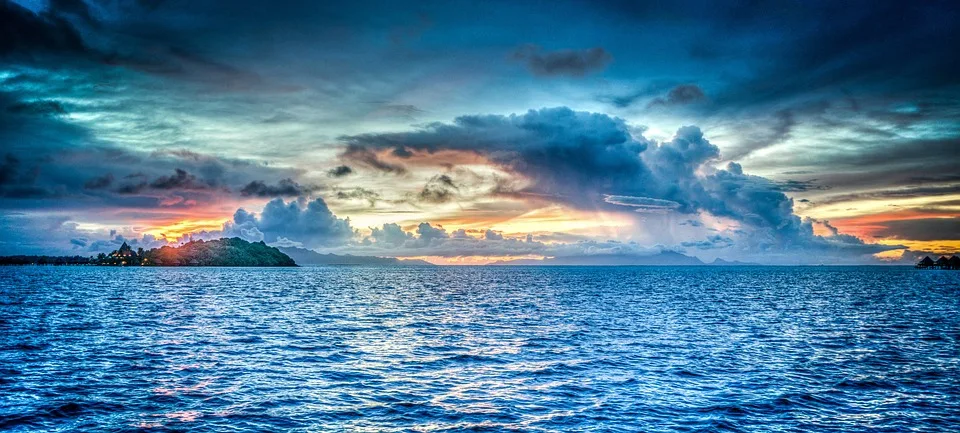Watching the Northern Lights in the United States: Best Places and Tips
The United States has already experienced several dazzling displays of the northern lights in 2023, and the upcoming solar maximum in 2025 promises even more spectacular viewing opportunities. If you’re wondering where to see the northern lights in the U.S., here are some top locations and tips to enhance your chances of witnessing this breathtaking natural phenomenon.
What are the Northern Lights?
The northern lights, also known as aurora borealis, are a captivating natural light show that occurs in the Earth’s sky, primarily seen in high-latitude regions of the Northern Hemisphere, such as around the Arctic Circle. These awe-inspiring displays result from the interaction between charged particles from the sun and atoms in the Earth’s upper atmosphere, creating vivid curtains, rays, and spirals of multi-colored lights.
While light green and pink are the most common colors seen in auroral displays, shades of red, yellow, green, blue, and violet have also been reported. The variations in color depend on the type of gas particles involved in the collision.
It is worth noting that the Southern Hemisphere also experiences its own version of the aurora lights, known as the aurora australis or the southern lights.
When to See the Northern Lights
The best atmospheric conditions for viewing the northern lights in the United States typically occur during the transitional periods from winter to spring and from fall to winter. The most favorable months for northern lights activity across North America are April, October, and November. Winter tends to offer more extended periods of darkness, making it more common to see the northern lights during this time.
The peak visibility of the northern lights generally happens between 9:30 pm and 2:00 am. However, the visibility duration is usually limited to 15-20 minutes unless you find yourself in the auroral ovation.
How to Get an Auroral Forecast
If you want an up-to-date forecast of the northern lights, the U.S. Space Weather Prediction Center (SWPC) is the go-to source. They provide a three-day forecast and display the geomagnetic activity of the past 30 minutes, indicating the current possibilities of seeing the northern lights.
The SWPC uses the planetary K-index (Kp) to measure geomagnetic activity. The Kp ranges from 0 to 9, with 0 signifying the least activity. As the Kp increases, the chances of witnessing the northern lights and the extent of visibility also increase. A Kp of 0-2 indicates the aurora will be far north, dim, and not very active. However, when the Kp reaches 3-5, the northern lights spread farther from the North Pole and become brighter with more auroral activity.
Tips for Seeing the Northern Lights
To maximize your chances of seeing the northern lights:
- Head north of the 45th parallel to an area with minimal light pollution and good visibility towards the north.
- Plan your visit during the new moon cycle for darker skies.
- Regularly check the U.S. Space Weather Prediction Center website for reports of solar storm activity.
- Be patient and keep your eyes on the northern sky when activity is possible, as auroras can appear suddenly and are unpredictable. Even when dim, they may resemble wispy gray or white clouds.
Dark sky parks, designated areas with minimal light pollution, offer ideal conditions for aurora viewing. The United States is home to over 60 such parks, many of which are located in high-latitude regions, providing an occasional glimpse of nature’s light show.
Best Places to See the Northern Lights in the U.S.
While the northern lights can be visible in various parts of the U.S., the most common states to see them are Alaska, Minnesota, Michigan, and Maine. These states offer dark skies and open areas north of the 45th parallel, giving both residents and visitors the highest chances of witnessing this captivating phenomenon.
Alaska Northern Lights
Alaska is undoubtedly one of the best places in the world to see the northern lights. Some top locations in Alaska for aurora viewing are:
- Fairbanks
- Anchorage
- Denali National Park
- Nome
- Talkeetna
- Wrangell-St. Elias National Park and Preserve
Due to its proximity to the Arctic Circle, Alaska offers the greatest potential for aurora activity among all the states.
Minnesota Northern Lights
Minnesota, known as the “Land of 10,000 Lakes,” offers great potential for witnessing the northern lights. Some high-potential places to see the aurora in Minnesota include:
- Voyageurs National Park
- Lake of the Woods
- Boundary Waters Canoe Area Wilderness
- Gunflint Trail
- Hallock
Michigan Northern Lights
Michigan’s shorelines, particularly in the Upper Peninsula, provide excellent opportunities to see the aurora borealis. Some of the best places for northern lights viewing in Michigan are:
- Headlands International Dark Sky Park in Mackinaw City
- Porcupine Mountains Wilderness State Park
- Keweenaw Peninsula
- Pictured Rocks National Lakeshore
- Port Crescent State Park
- Isle Royale National Park
Maine Northern Lights
On the East Coast, Maine stands out as an ideal location to catch a glimpse of the northern lights. Here are some top places in Maine for aurora viewing:
- Aroostook National Wildlife Refuge
- Moosehead Lake
- Baxter State Park
- Acadia National Park
- Katahdin Woods and Waters National Monument
Additional U.S. Locations for Aurora Viewing
In addition to the four states mentioned above, there are several other locations across the United States where you can potentially witness the northern lights. These include:
- Glacier National Park, Montana
- Theodore Roosevelt National Park, North Dakota
- Idaho Panhandle National Forest
- Cherry Springs State Park, Pennsylvania
- Apostle Islands, Wisconsin
Frequently Asked Questions About the Northern Lights
1. When is the Best Time to See the Northern Lights in the U.S.?
The best time to see the northern lights in the U.S. is generally during the winter months, from October to March, when nights are longer and darker. However, it’s important to note that the aurora can be visible year-round, especially during periods of high solar activity.
2. Where are the Best Places to See the Northern Lights in the U.S.?
The best places to see the northern lights in the U.S. include Alaska, Minnesota, Michigan, and Maine. These states offer optimal conditions for aurora viewing. Additionally, various national parks and dark sky parks throughout the country provide excellent opportunities for witnessing this natural phenomenon.
3. What Should I Bring to See the Northern Lights?
To have the best experience while viewing the northern lights, it is recommended to bring warm clothing, including a hat, gloves, and boots. Additionally, a camera with a tripod is essential to capture the awe-inspiring visuals. Snacks, water, and a red light flashlight to preserve night vision are also helpful additions.
4. How Can I Increase My Chances of Seeing the Northern Lights?
To increase your chances of seeing the northern lights:
- Choose a location with clear skies and minimal light pollution.
- Check the aurora forecast before planning your trip.
- Consider staying for multiple nights to increase your chances of witnessing the phenomenon.
5. What Causes the Northern Lights?
The northern lights are caused by the interaction between charged particles from the sun and atoms in the Earth’s upper atmosphere. This collision produces the remarkable display of lights. The colors of the aurora depend on the types of gas particles involved, with green being the most common color observed.
Tips for Photographing the Northern Lights
Photographing the northern lights is a goal for many photographers, both professional and amateur. To capture this elusive phenomenon in stunning images, consider the following tips:
- Use a tripod to prevent blurring.
- Manually focus your camera to ensure clarity.
- Opt for a fast aperture (f/2.8 or wider) and high ISO (3200 or higher) for better low-light performance.
- Experiment with different camera settings to find the optimal exposure for capturing the night sky.
With these tips and a bit of luck, you may be able to capture breathtaking photos of nature’s enchanting light show.
Discover the beauty of the northern lights in the United States and make unforgettable memories while witnessing this mesmerizing phenomenon.
